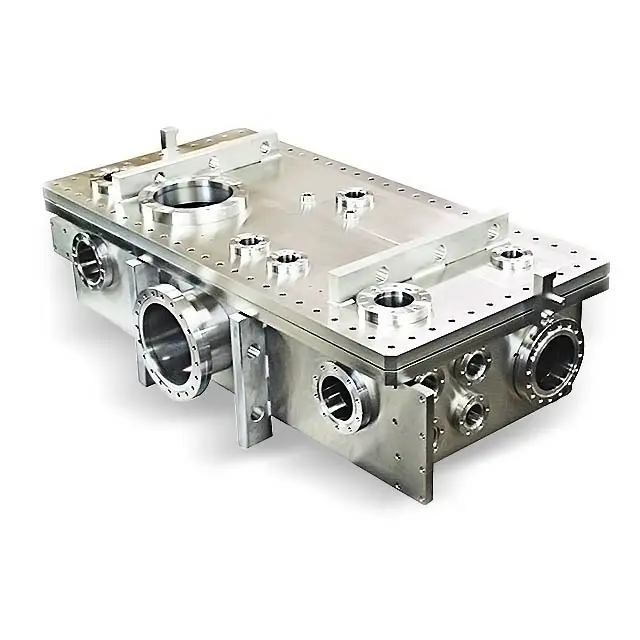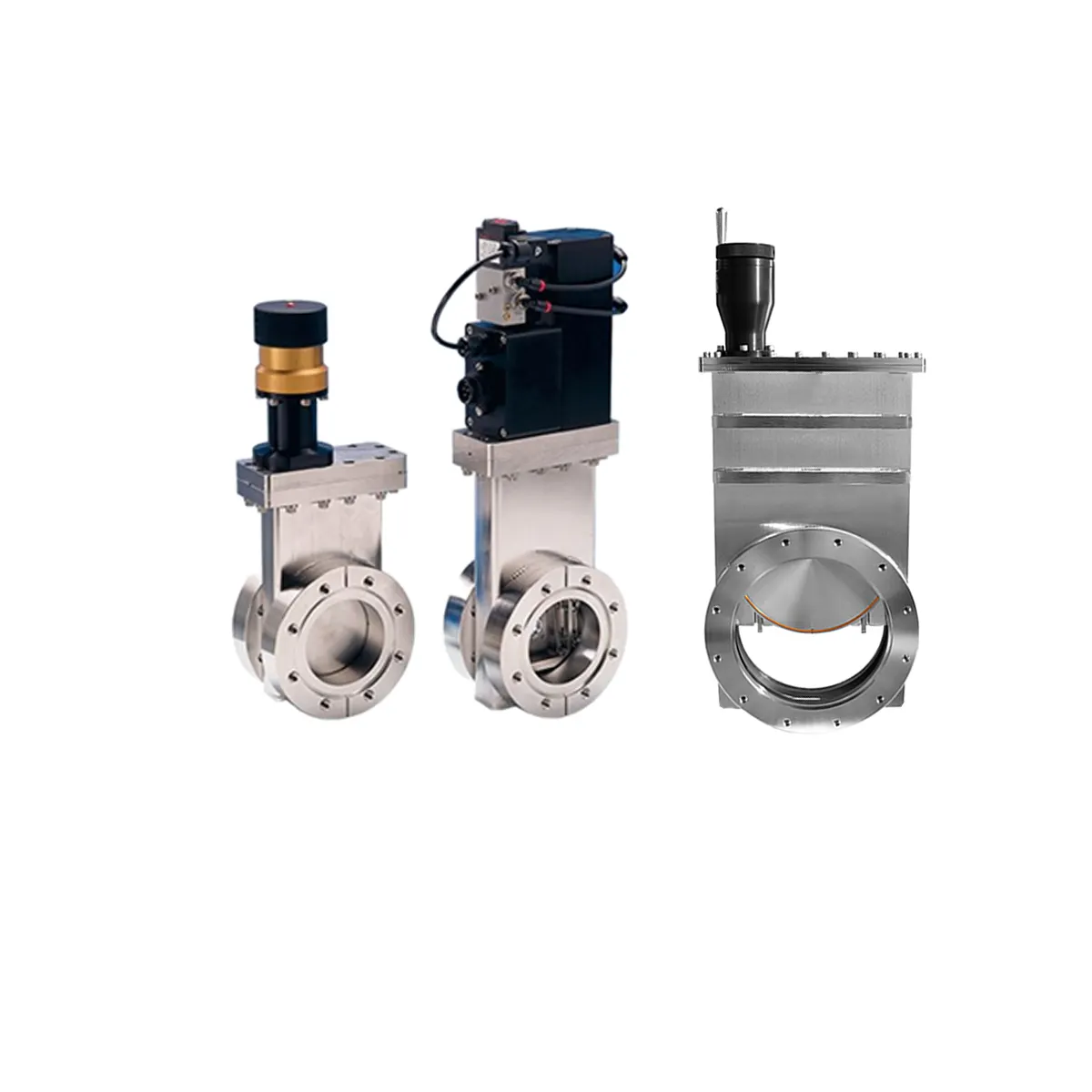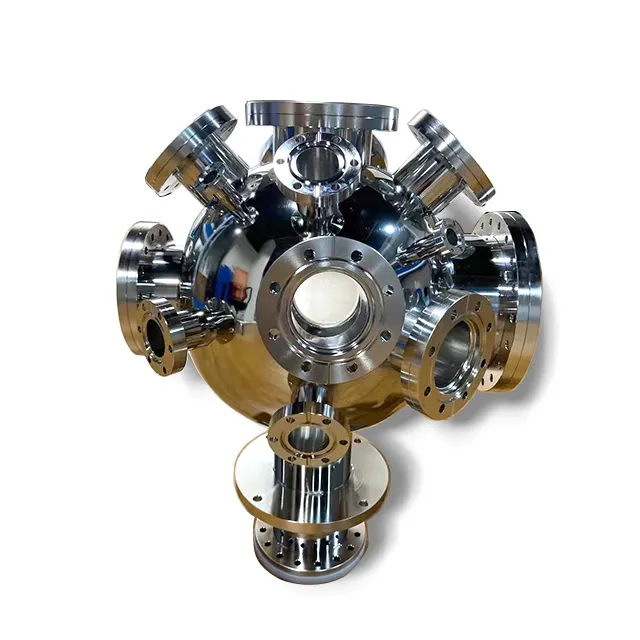vacuum heat treatment process
Vacuum heat treatment is an advanced metallurgical process that combines controlled heating and cooling of materials within a vacuum environment. This sophisticated process involves removing air and other gases from the treatment chamber, creating an oxygen-free environment that prevents surface oxidation and decarburization of the treated materials. The process typically operates at pressures below atmospheric level, usually between 10-2 and 10-6 torr, and can achieve temperatures up to 2400°F. During treatment, materials undergo precise heating cycles, followed by controlled cooling phases, which can include gas quenching or oil quenching depending on the specific requirements. The vacuum environment ensures exceptional cleanliness and uniformity in the heat treatment process, resulting in superior material properties. This technology finds extensive applications in aerospace, automotive, medical, and tool manufacturing industries, where high-precision components require exceptional material properties. The process is particularly effective for treating high-alloy steels, superalloys, and other specialty metals that are sensitive to oxidation or require precise control of their mechanical and physical properties. The vacuum heat treatment process can perform various functions, including hardening, tempering, annealing, stress relieving, and brazing, all while maintaining the material's surface integrity and dimensional accuracy.


